European research initiative for healthier soils
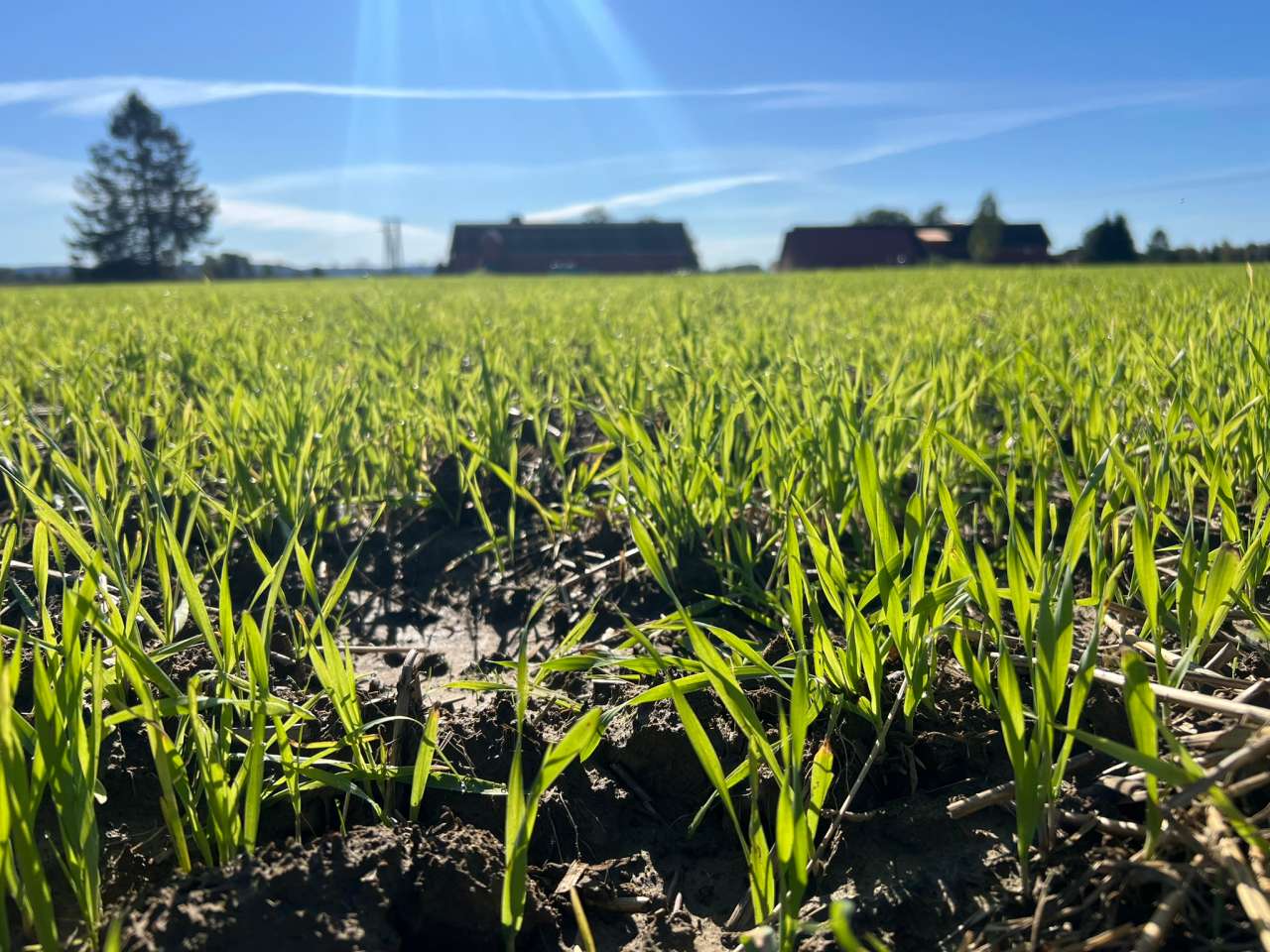
Soil pollution threatens both the environment and health in Europe. In SOILPROM, NIBIO collaborates with European research institutions to develop better digital models that can simulate how pollution moves through soil and water. Photo: Kathrine Torday Gulden
Soil contamination poses a serious threat to both the environment and public health across Europe. In the SOILPROM project, NIBIO collaborates with leading European research institutions to develop improved digital models that simulate how pollutants move through soil and water. These models could help lay the groundwork for more targeted soil management measures in future.
Contaminated soils represent a significant issue in many parts of Europe. Microplastics, pesticides, heavy metals, excess nutrients and environmental toxins threaten the soil’s ability to deliver vital ecosystem services and may be harmful to both human health and the environment.
To address these challenges, the EU Horizon SOILPROM project was launched in 2024, with NIBIO as one of twelve European partners.
SOILPROM aims to improve process understanding and develop better models for how pollutants move through soil and water, and how this affects soil functions and ecosystem services. This can provide local stakeholders with useful tools and knowledge for sustainable soil management.
Models are digital tools that simulate real-world processes. For example, a model can calculate how phosphorus moves through soil layers, how it is affected by weather and soil type, and how much eventually ends up in streams and rivers.
“Such models allow us to test different scenarios and measures – with less need for costly and time-consuming field trials,” explains NIBIO researcher Dr Jian Liu, who leads the project from the Norwegian side.
“One potential use of the model we’re developing is to assess how the new fertilizer regulations in Norway will work, or not work, in reducing phosphorus losses,” he adds.
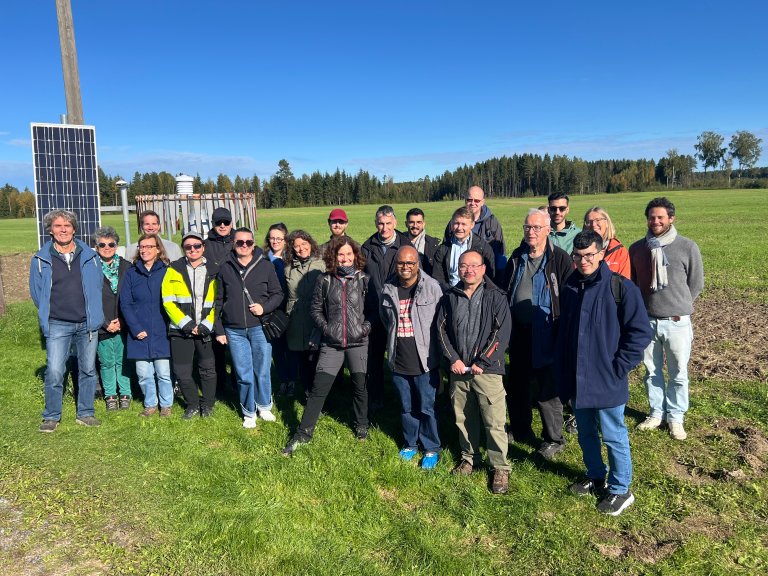
Nine case studies across Europe
SOILPROM is structured around nine case studies, so-called use-cases, in six European countries. The use-cases have been carefully selected to represent different climate zones, soil types and pollution sources.
One example is the use-case in Belgium, where researchers are investigating atmospheric deposition of the environmental contaminant PFAS from industrial zones. In the Netherlands, the focus is on microplastics in soil, including how plastic particles are transported by wind and water, and how they may affect soil health and food production.
“Each study area in the project addresses specific challenges related to one or more pollution sources, including heavy metals, PFAS, microplastics, nutrients and pesticides,” says Dr Liu.
NIBIO is responsible for the use-case located on a farm in Nes municipality in Akershus county, about 50 km northeast of Oslo. Here, phosphorus losses from agricultural land to freshwater bodies represent the main challenge.
“Both livestock manure and mineral phosphorus fertilizers were applied here in the past, and phosphorus losses were measured in both surface and subsurface run-off,” says Dr Liu.
“This makes it an ideal site for studying soil phosphorus processes and modelling.”
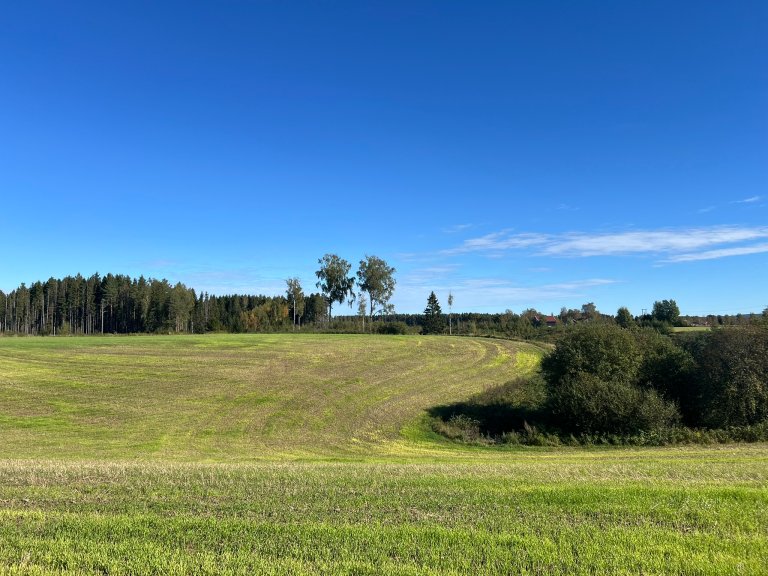
What happens to the phosphorus below ground?
Phosphorus loss to freshwater is problematic because it can lead to eutrophication of lakes and rivers, which in turn can cause algal blooms. This reduces oxygen levels in the water, harms aquatic life and can render the water unsuitable for recreation and drinking.
“Previous research in Norway has largely focused on surface processes such as erosion and runoff,” says Dr. Liu.
“There is relatively little knowledge about what happens below ground – especially when it comes to sorption and desorption of phosphorus.”
Sorption refers to phosphorus binding to soil particles, while desorption is the process by which phosphorus is released and can leach into water. These processes are influenced by soil type, chemical conditions and climate – all of which are crucial for understanding phosphorus loss from agricultural land.
“We need better insight into how phosphorus binds to and is released from soil particles, and how this affects its transport to streams and rivers. This is essential knowledge for improving the models we use and for developing more targeted measures to prevent future phosphorus loss,” says Dr Liu.
“The results from this use-case will not only be relevant to cereal production systems in eastern Norway but also provide insights into phosphorus management in intensive livestock systems in western Norway,” he adds.

Long-term monitoring provides valuable insights
The data model used in the Nes use-case is called ICECREAM and is owned by the Swedish University of Agricultural Sciences (SLU). It can simulate how nutrients like phosphorus move through soil and water, taking into account processes occurring both above and below the soil surface.
NIBIO researchers work closely with the landowner, who has long facilitated extensive monitoring on the property. There is a weather station on site and a continuous collection of farming practices. Up until 2005, detailed measurements were taken of soil and water quality in both surface and subsurface runoff.
Many of these measurements come from the national soil and water monitoring programme JOVA, with data going back as far as 1992.
“The long time series of data gives us a unique opportunity to test and improve the ICECREAM model,” says Dr Liu.
“The aim is for it to be used to predict how different agricultural practices will affect freshwater quality – both here and in other areas where phosphorus pollution is a concern.”
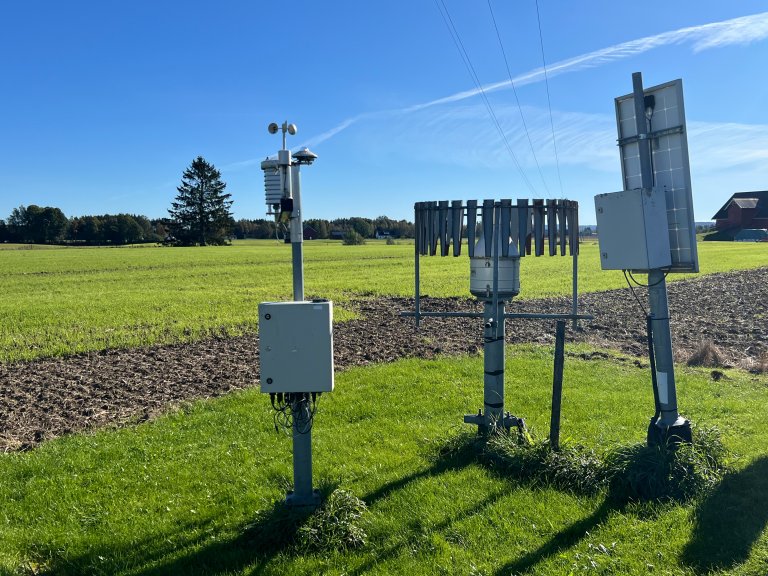
From data to action
SOILPROM will run until 2028, and its researchers hope the results will contribute to more targeted measures against soil pollution – both locally and across Europe. By combining long-term monitoring data with advanced modelling, the project can provide decision-makers and agricultural stakeholders with better tools for sustainable soil management.
“We hope this will make it easier to implement the right measures where they are most needed,” says Dr Liu.
Contacts
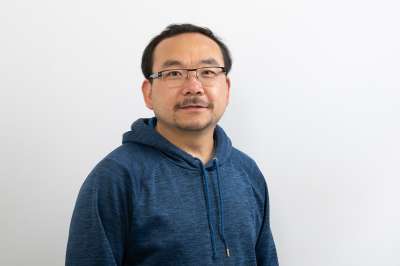
SOILPROM
SOILPROM: Modelling pollutant transport across the soil–water–atmosphere continuum, and impacts on ecosystem services is coordinated by Wageningen University in the Netherlands, with Dr Coen Ritsema as project leader. NIBIO researcher Dr Jian Liu leads the work from the Norwegian side.
The overarching goal of SOILPROM is to improve soil health and reduce environmental impacts across Europe. This will be achieved through:
- Further development of existing models: The project enhances and integrates existing data models to analyse how pollution moves and behaves in soil and water under real-world conditions.
- Open access to knowledge: Through a shared platform, the project will make advanced models and databases on soil pollution accessible to all, along with a user-friendly decision-support tool.
- Scenario development: Researchers will create various scenarios based on the models to assess how soil functions and ecosystem services can be optimised, and how pollution can be prevented and reduced.
- Dialogue with decision-makers: The project will provide concrete recommendations to local and European stakeholders, helping to promote good management practices to combat soil pollution.
The project is funded through the EU’s Horizon Europe programme.
Read more about the project: www.soilprom.eu
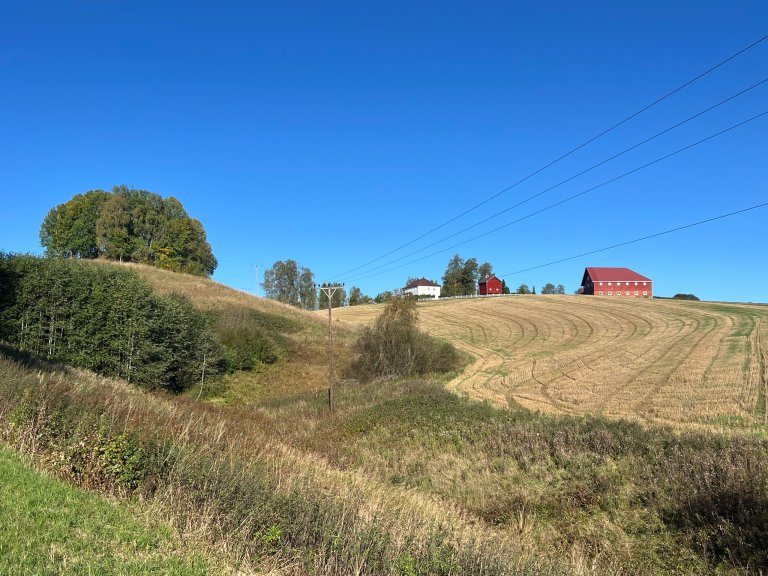
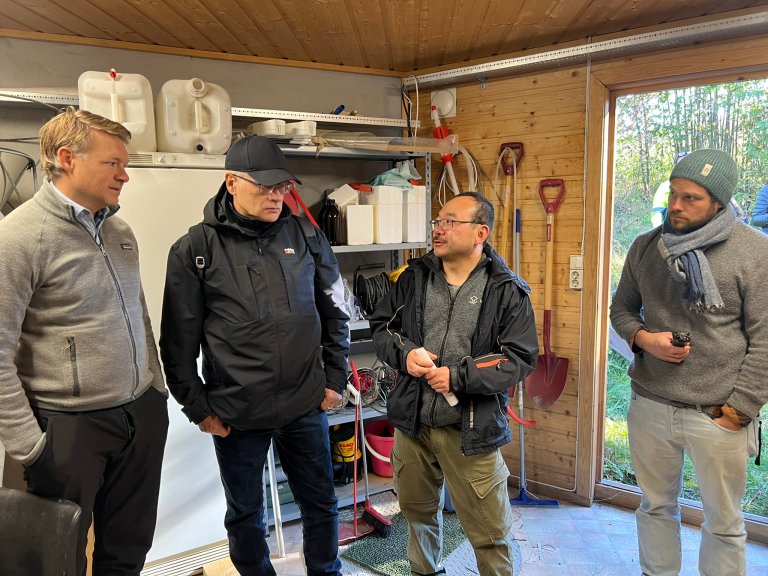
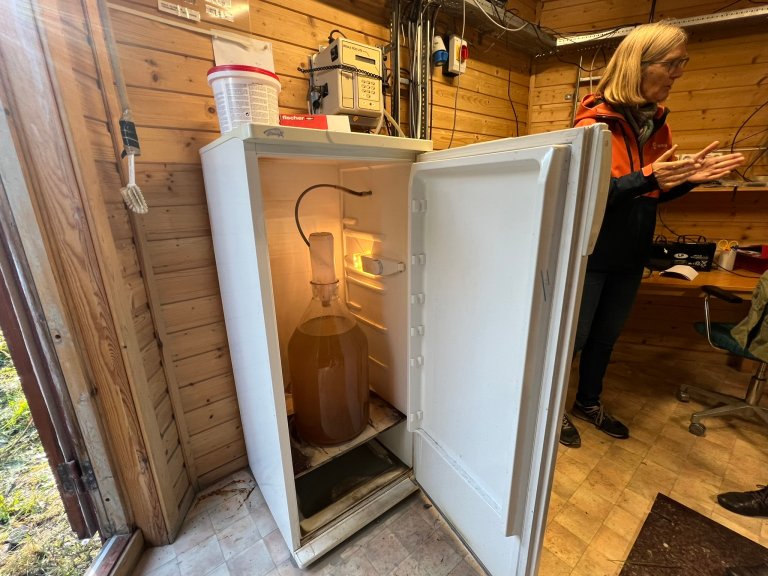
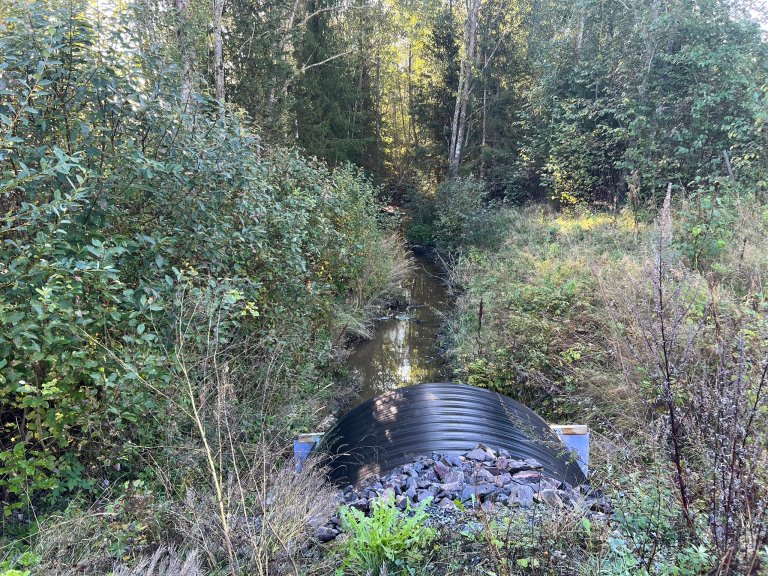
Contacts


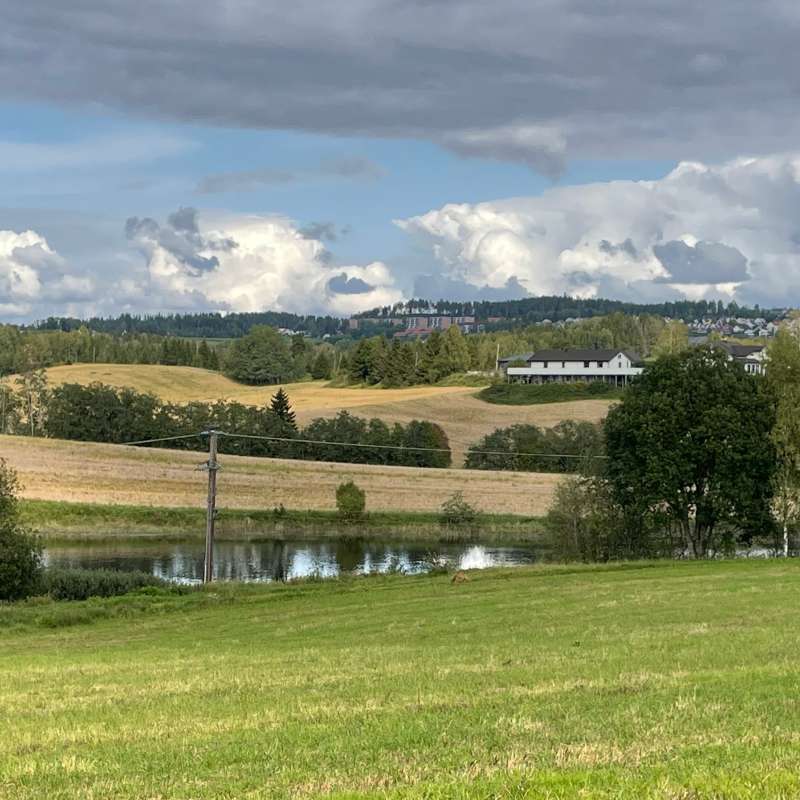
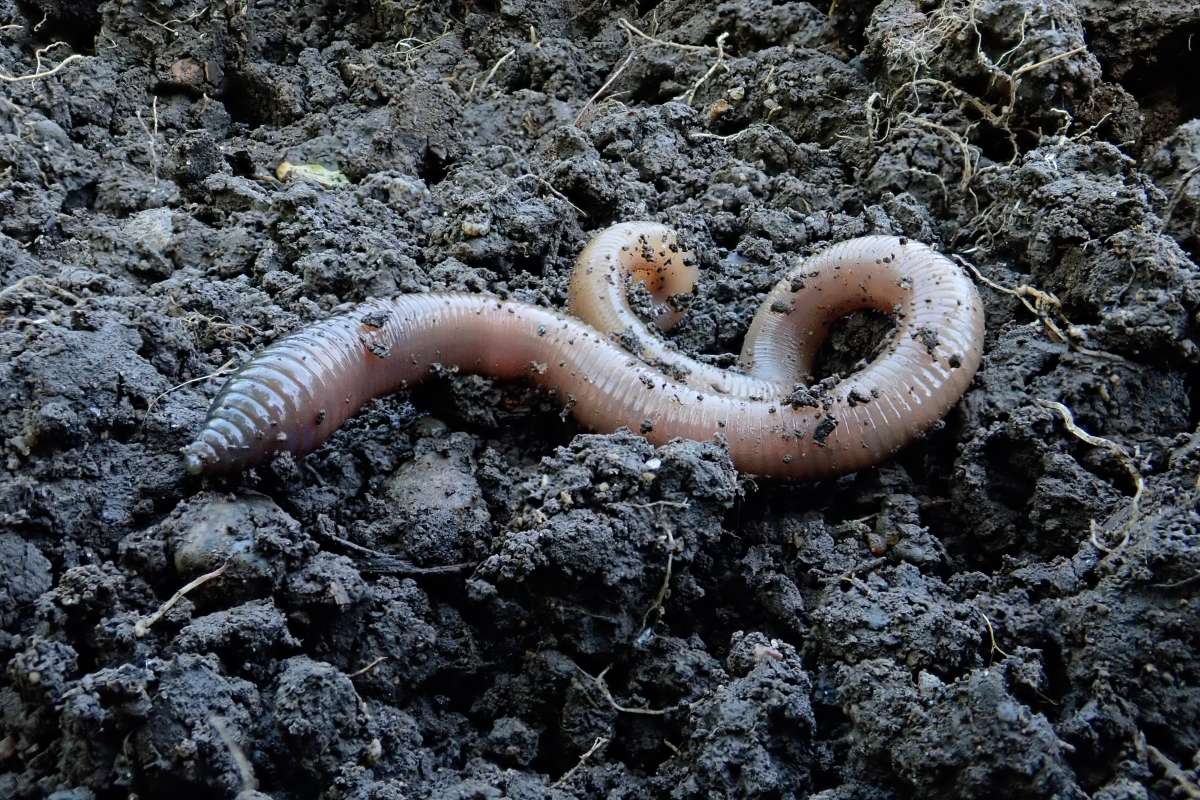
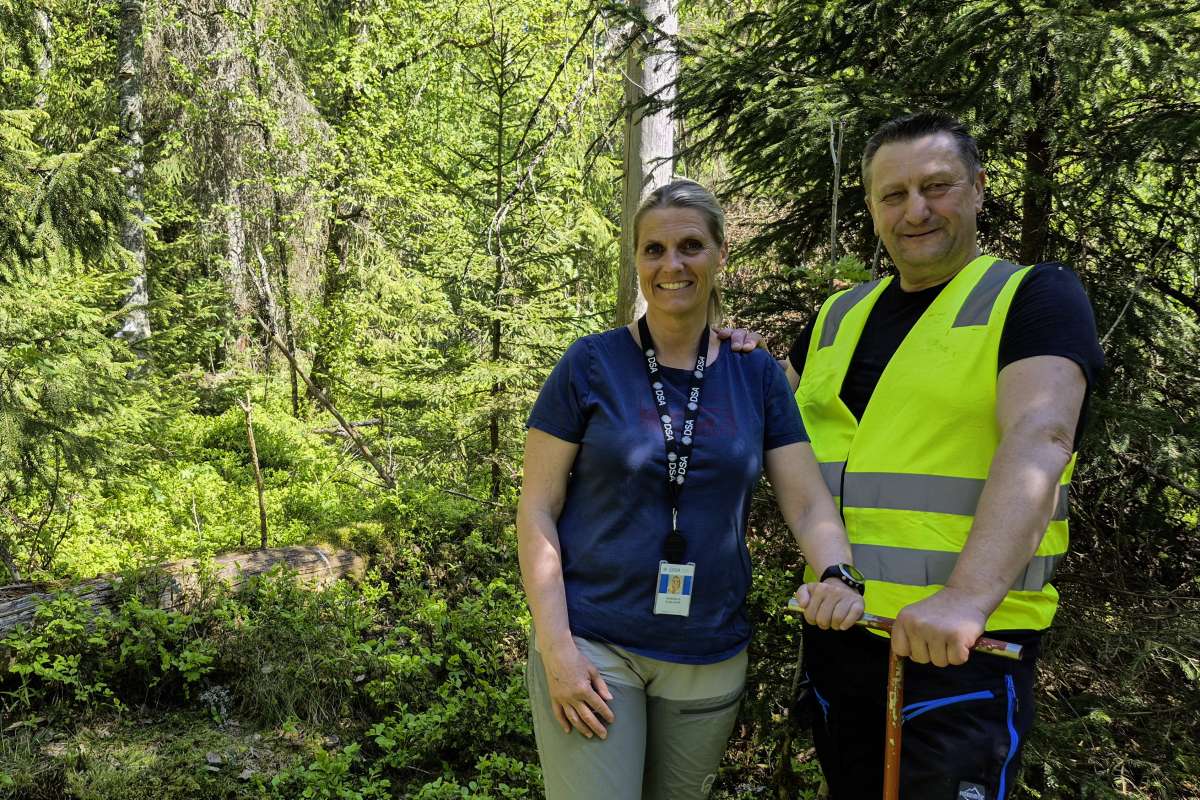
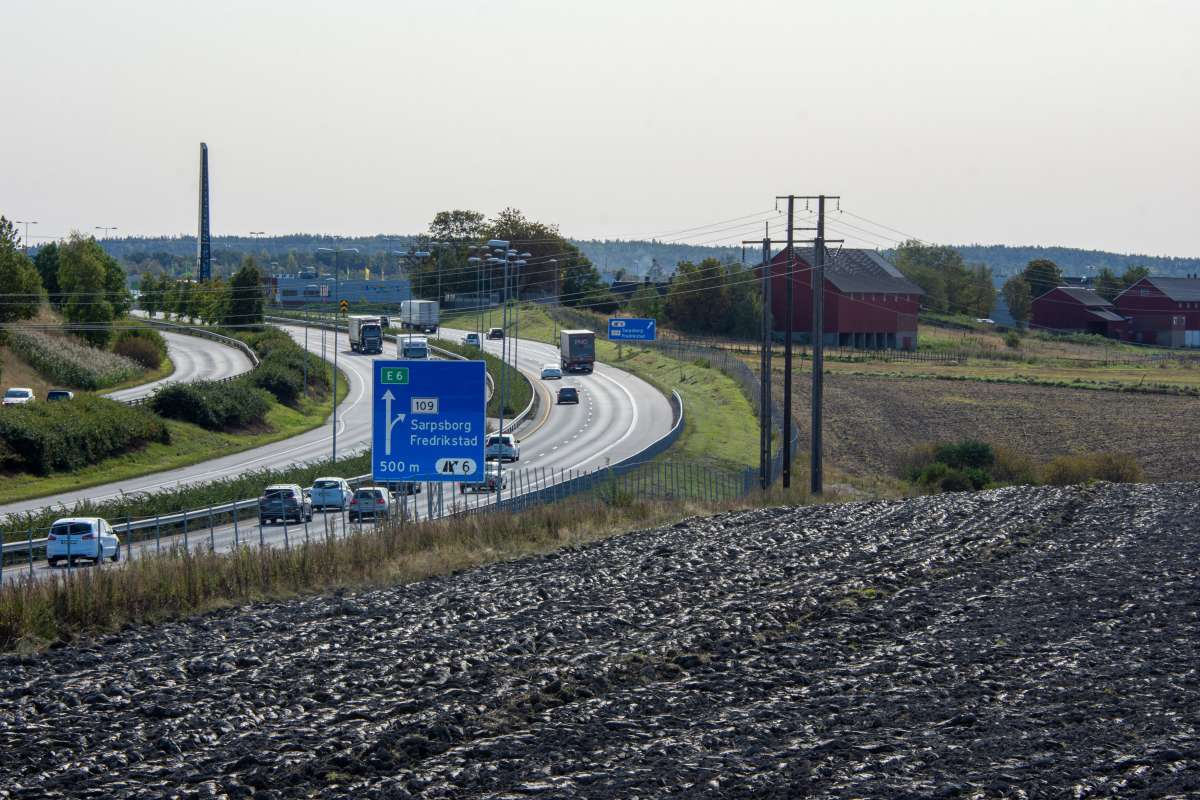
%20combined%20bufferzone-2.jpg?quality=60)